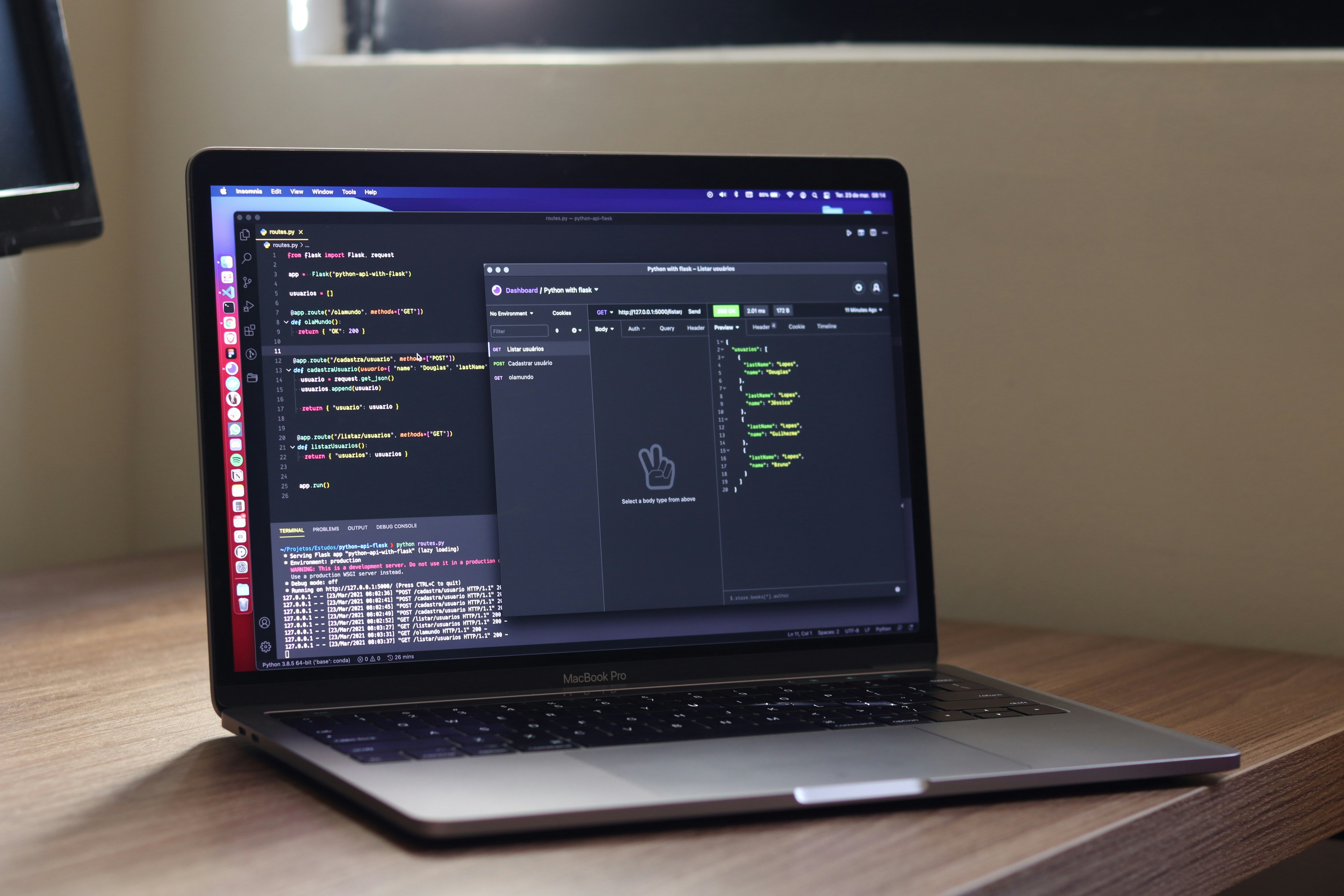Two Powerful Tools for the Backend
Flask and Node.js are two of the most popular technologies for building the backend of modern web applications. Both are lightweight, efficient, and flexible — but they differ in language, ecosystem, and approach. In this post, we’ll break down what sets them apart and when to use each.
What is Flask?
Flask is a lightweight Python web framework that gives you full control over your app architecture. It’s unopinionated, meaning it doesn’t force any project structure or tools on you — ideal for custom, minimal, or data-driven applications.
Flask is often used in data science projects, internal tools, and APIs, and it integrates easily with Python libraries like Pandas, NumPy, or TensorFlow.
What is Node.js?
Node.js is a JavaScript runtime that lets you run JavaScript on the server. With its event-driven architecture and non-blocking I/O, Node is great for building fast, scalable, real-time apps — think chat apps, streaming platforms, or collaborative tools.
It’s powered by npm, the world’s largest ecosystem of open-source libraries, making it extremely versatile and quick to develop with.
Key Differences
- Language: Flask uses Python, while Node.js uses JavaScript — so your choice might depend on what your team is more comfortable with.
- Performance: Node.js is generally faster for I/O-heavy workloads due to its non-blocking nature. Flask, while no slouch, is better suited to CPU-bound tasks and data-driven backends.
- Architecture: Flask gives you more control and less boilerplate. Node often involves using frameworks like Express to define routes and middleware.
- Use Case: Flask shines for dashboards, internal tools, APIs and ML integrations. Node.js is perfect for real-time applications, high-traffic web services, and when working in a full JavaScript stack.
When to Use Flask
- You want full control over how your backend is structured
- You’re working with data science, analytics, or Python-based tooling
- You’re building a lightweight REST API or internal tool
When to Use Node.js
- You’re building a real-time application like a chat app or multiplayer game
- Your frontend is already using JavaScript and you want a unified stack
- You need a fast, event-driven backend that can scale easily
Final Thoughts – Use the Right Tool for the Job
There’s no one-size-fits-all winner between Flask and Node.js — they both excel in different areas. Flask gives you precision and Python power; Node.js brings speed and scale in a JavaScript-friendly environment.
Not sure which one is right for your project? Let’s chat. I’ll help you make the right call based on your goals, stack, and audience.

